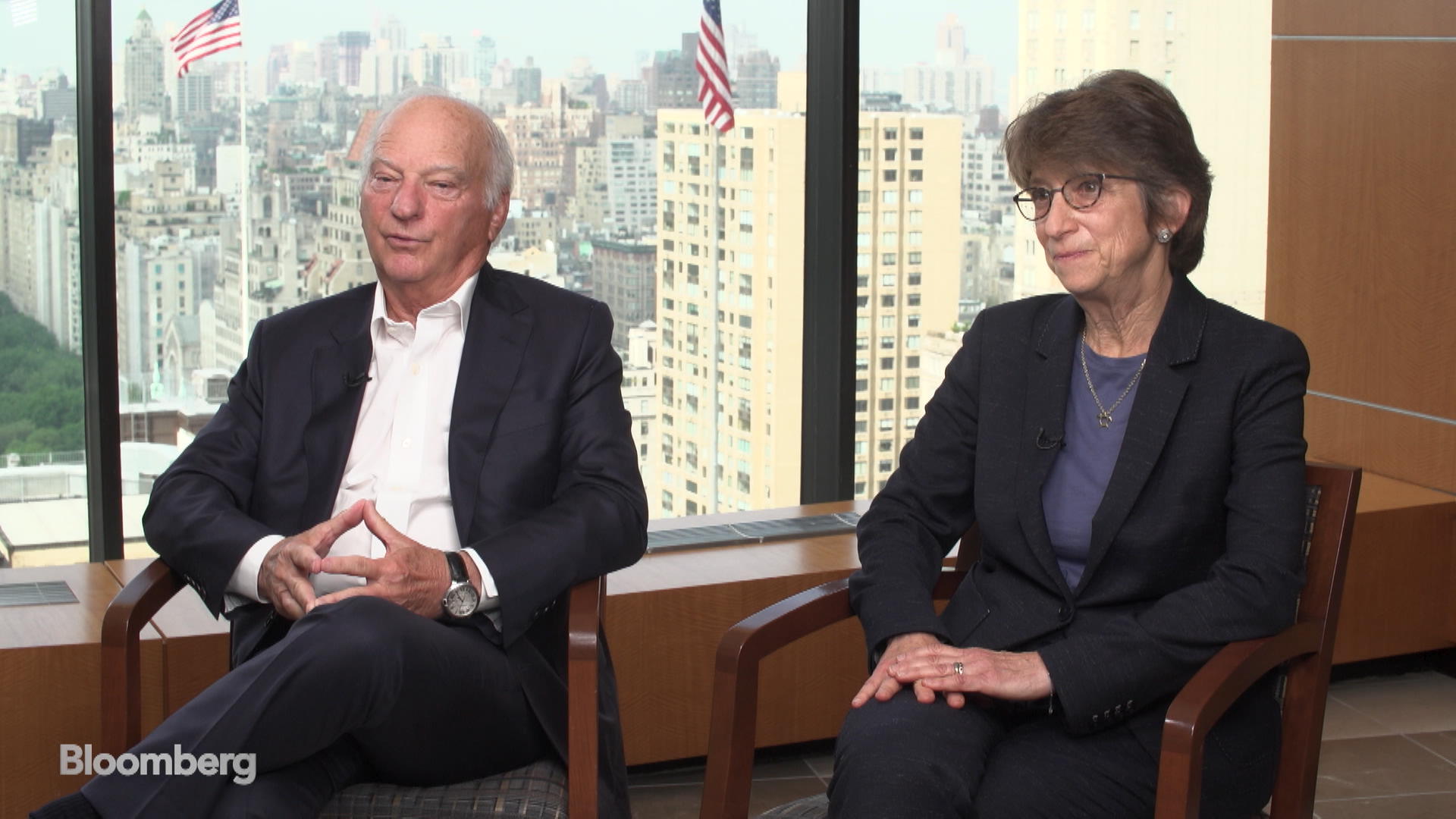Bloomberg Television Executive Editor Jason Kelly spoke exclusively with KKR Co-CEO George Roberts and REDF CEO Carla Javits, discussing philanthropy, private equity investing and their economic outlook.
Q1 hedge fund letters, conference, scoops etc, Also read Lear Capital: Financial Products You Should Avoid?
KKR Co-CEO George Roberts & REDF CEO Carla Javits On Philanthropy, Private Equity, Economy
Transcript
Since well you know venture philanthropy I guess is a term that's that's been developed really since we started doing this over 20 years ago. So it's really taking some risk in investing in social enterprises and social enterprises are businesses that generate revenues of products and services and the people they employ are people that have had barriers to entry in their lives whether it be addiction incarceration but they want to work. And so they work in these social enterprises whether it be producing products or whether it be taking care of roads or whether it be taken care of apartments or pest control all the things that those over 300 of these social enterprises in the United States do. And instead of earning a profit they take the money that they earn and they generate revenues as well and they reinvest in the people that they want to go help. And so what we've done we've taken really pretty much the same approach that we've done at KKR and we put Radif takes capital invest in the social enterprises and goes in and helps these companies grow. So with capital and with a good growth plan and consulting help and mattresses these companies can then go higher and work with more employees to create more jobs and more opportunities and risk is not something that people necessarily typically associate with philanthropy. This is a different sort of approach. Well it is I mean when my late wife and I wanted to do something it felt lucky enough to accomplish what we have in life. We wanted to give back. We wanted to find something that if we didn't do it it wouldn't get done.
So this is pretty risky and most of the 21 years for a good part of at least half it was not all that successful until we got obviously got Carla and she's really taken us to the next level. So it's it's risky it's you know so many so much of giving and I'm all for it being critical is wealthy giving the wealthy. I mean Harvard can go raise nine and a half billion dollars. It probably could have raised even more. Harvard's a safe bet. People went to school there. They love it. They did something for them. So so much of that is that we want to do something different and we wanted to make a difference in people's lives. And I think the you know the if there's a true north and someone's life it's the ability to get a job. I think without the job you don't have any hope. So how is someone without a job. Good to go create a family. Be a good parent. Take care of their kids. Make sure they get the education that they need to get. It's a cycle. The circle of what of what takes place and that's something that we need. It means a lot to me. And that's why we started this and why we've hung in there during this journey. Right. So Carl put some numbers around this for us. What is the impact look like and how does it play through and how do you measure it. Well it's very exciting.
Just in the last two years alone since we've expanded nationally for the first time 18000 people have been employed. The companies have earned 180 million dollars in revenue that they invest in training and preparing these individuals for work. And we know from third party evaluation of these companies that when people go to work you know first there's the intangible you know the dignity and the feeling of self-respect and for themselves and that their families feel. And then there are the tangible outcomes. Wages go up 268 percent. There's a flip in the percentage of their own income that comes from government benefits versus wages was three quarters when they came in. Moves down to about a quarter. And wages you know become most of what you know they rely on themselves and you know people get jobs above the minimum wage when they leave a social enterprise. And you know the range is anywhere from eight dollars an hour to forty five dollars an hour. So you know people really kind of get their skills together and then have the ability to contribute to the economy. One of the things we wanted to make sure when we've we've got going here is that you could measure whether you've been successful or not. So we actually came out with a paper today more like a.






